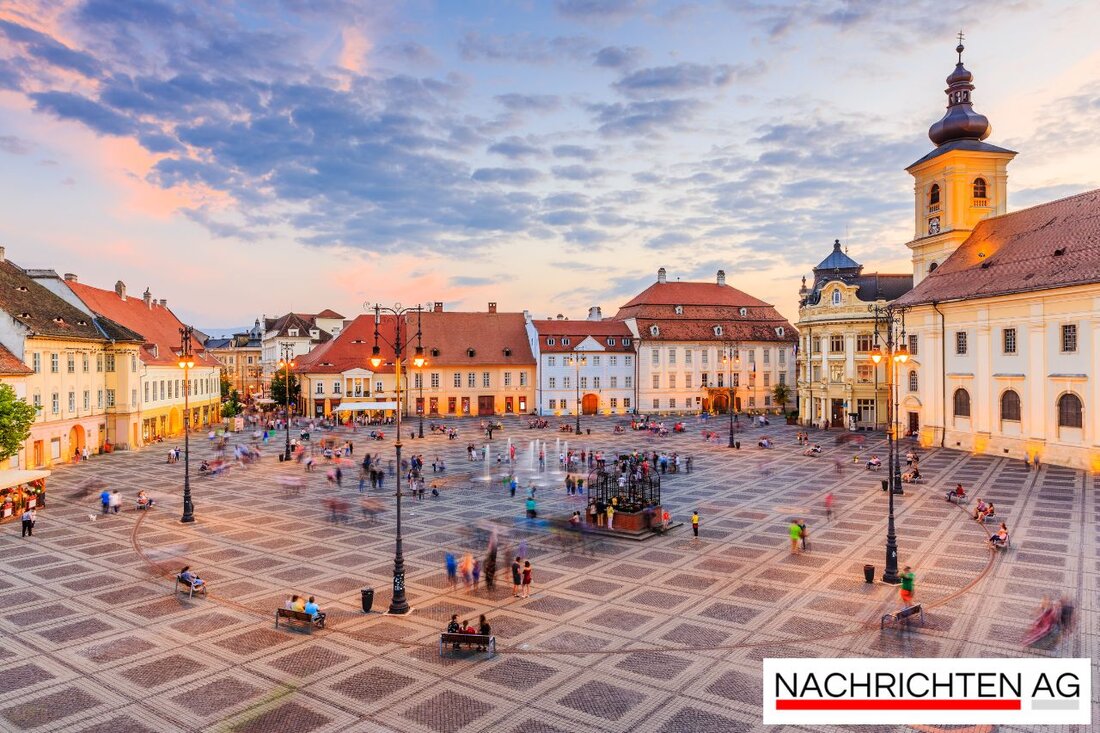Discover Giesing's South: A spiritual walk through the heart of the Romanian Orthodox community!
Explore the Romanian Orthodox church community in Munich: services, culture, history and social offerings in the Fasangarten.

Discover Giesing's South: A spiritual walk through the heart of the Romanian Orthodox community!
The Romanian Orthodox parish church of the Annunciation of Mary in Fasangarten, a charming district in the south of Giesing, is a true treasure of Munich. The impressive church, consecrated ten years ago, impresses with its distinctive style, reminiscent of the traditional building methods of the Maramures in Romania. The congregation, made up of around 500 members, is overseen by priest Alexandru Dan Nan, an experienced theologian who studied in both Romania and Switzerland. There are a total of three Romanian communities in Munich, which together serve around 30,000 people, which shows how important this religious community is for the city.
The community attaches particular importance to open access to its services, which are open to those interested before every celebration. Once a month, non-Romanians are also allowed to take part in a liturgy in German. This promotes togetherness and exchange – two aspects that are very popular in the multicultural metropolis of Munich.
Cultural highlights in the south of Giesing
A walk through the area not only reveals the heartwarming atmosphere of the church. A special highlight in the area is the cemetery at Perlacher Forst, which was opened in 1931 and houses the grave of the siblings Sophie and Hans Scholl as well as a memorial to the victims of the Dachau concentration camp. The central funeral hall, an octagonal structure with a striking pointed roof, fits harmoniously into the landscape and invites you to reflect.
The Pheasant Garden, formerly an American settlement, has charming, winding streets that were built between 1954 and 1957 for the US Army. At the end of Viking Street is the Cathedral of the Holy New Martyrs of the Russian Orthodox Church Abroad, which was converted from the former “Perlacher Forst Chapel”. These churches are not only spiritual centers, but also cultural contact points for the local community, and show how diverse Orthodoxy is in Munich.
A center for the Romanian community
The planned church center, which offers solutions to the spiritual, social and cultural needs of the Romanian community, is another project intended to strengthen the community. The plan is to open a bishop's seat and a community center that will have space for around 200 people. The premises include offices, guest rooms and also a monastery for nuns. This further consolidates the spiritual space and offers for children and young people, such as language courses and history lessons, are also planned.
There is a solid schedule behind the construction project, which already includes several stages: from the long search for a suitable location to the laying of the foundation stone in 2011. The next steps are clearly defined, with around 2.5 million euros required for the first construction phase. Anyone who would like to support the development is warmly invited to get involved through donations and monthly standing orders - a communal idea that is well received.
For anyone looking for a nice place to unwind, we recommend the Greek tavern Barka at Fasangartenstrasse 124. Here, visitors can not only dine well, but also enjoy the relaxed atmosphere after an exciting church visit.
Overall, it shows that the Romanian Orthodox community and its churches in the south of Giesing are much more than just religious places. They are a living part of Munich culture and offer space for encounters and the exchange of a wide variety of traditions.
You can also find more information about the various activities and offers on the websites Mercury and mitropolia-ro.de.
If you like to go exploring, the suggested tour, which is 4.5 km long and lasts about an hour, could be just the thing for you. For more information on this, visit the page Komoot.

 Suche
Suche
 Mein Konto
Mein Konto